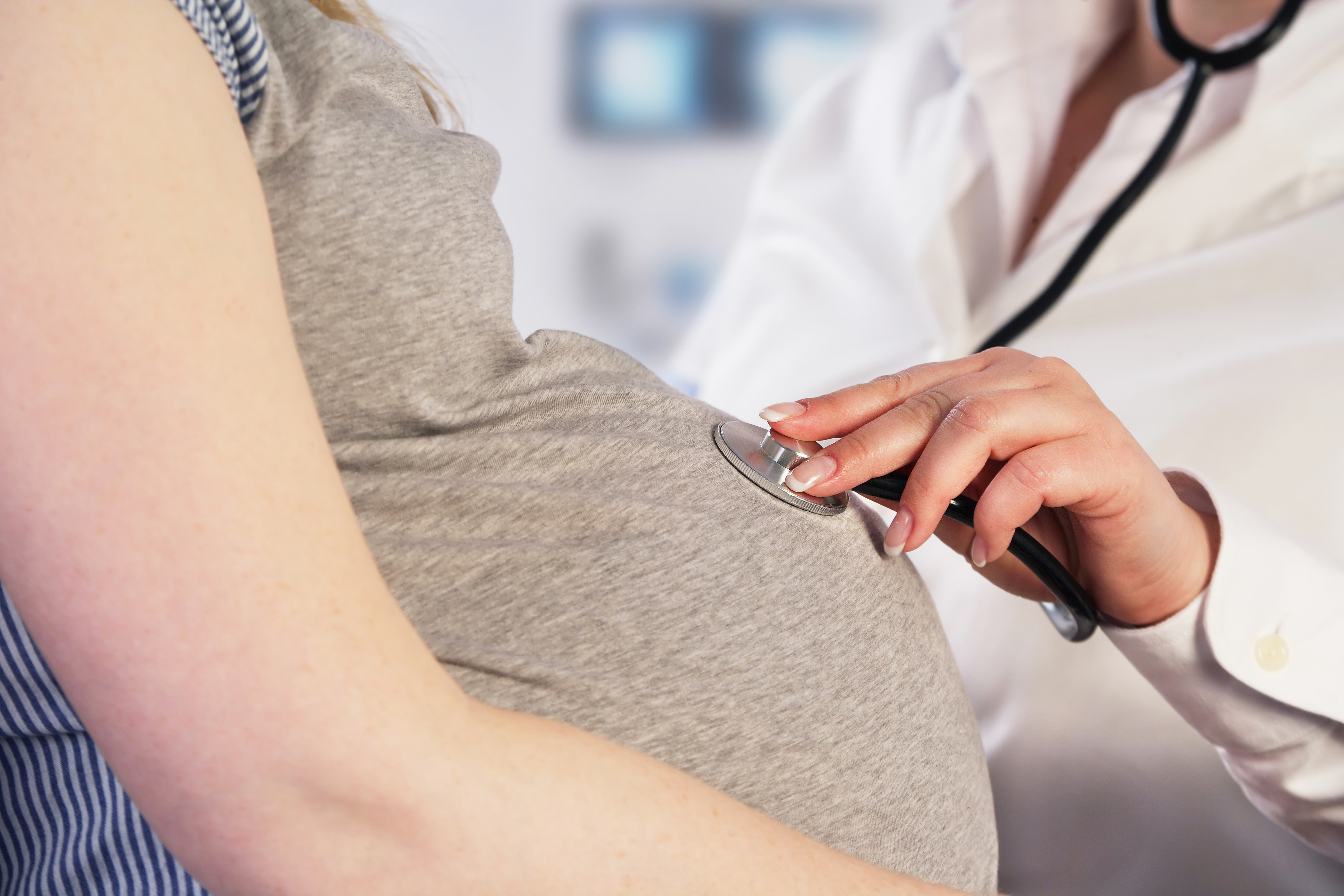The Correlation Between Pregnancy and Varicose Veins
For an estimated 10-25% of women, pregnancy can lead to more pronounced varicose veins particularly for those women who had varicose veins before pregnancy, have had multiple pregnancies, have a family history of varicose veins, tend to stand for long periods, or are overweight. There are a number of factors and body changes during pregnancy that lead to the prevalence of varicose veins including increased pressure of the developing fetus on the pelvic veins. The pressure on the veins is a results like your body increasing blood volume during pregnancy while decreasing the speed that your blood returns from your legs to your pelvis. Some other factors include high levels of progesterone which weaken vein walls and increased estrogen causing veins to dilate.
While varicose veins may improve after pregnancy they will not go away completely and since vein disease is progressive, they will continue to worsen over time. The good news is that there are multiple minimally invasive treatment options to address your varicose veins after you have finished recovering from childbirth. Please contact us at Milligan Vein to discuss the best option for your specific situation, which will likely include one of these state-of-the-art solutions offered here:
Radiofrequency Ablation
RFA is a clinically proven, minimally invasive office-based procedure that treats varicose veins and their underlying cause, venous reflux.
VenaSeal
VenaSeal Adhesive (Glue), is a safe, medical grade glue that is used to shut the main Saphenous Vein in the thigh.
EVLT (Endovenous Laser Treatment)
Endovenous Laser Treatment uses a highly concentrated beam of light, referred to as a laser to treat venous insufficiency, which is the cause of varicose veins.
Phlebectomy
Phlebectomy is a minimally-invasive procedure that is used to treat severe cases of venous disease caused by a condition known as venous reflux, in which damaged veins allow blood to flow backward and pool.


No Comments